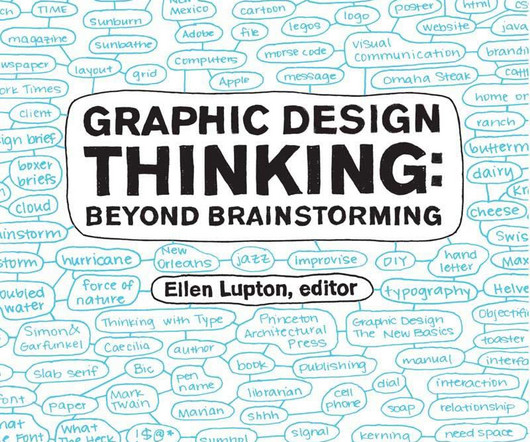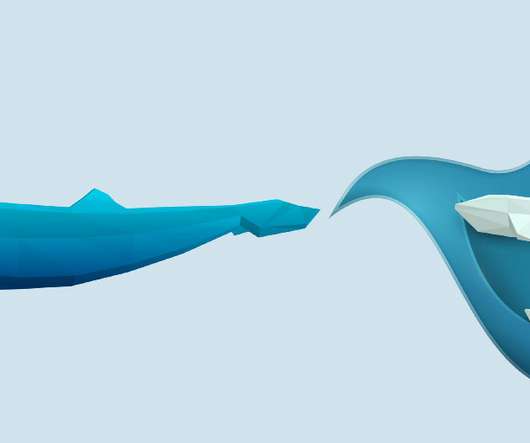15+ Best Design Thinking Books to Read
Inkbot Design
MARCH 9, 2023
1 – The Design Thinking Playbook Sale Bestseller No. Buy on Amazon First off, let's talk about what design thinking is all about. Buy on Amazon The book results from extensive international research involving multinationals, governments, and non-profits.














Let's personalize your content